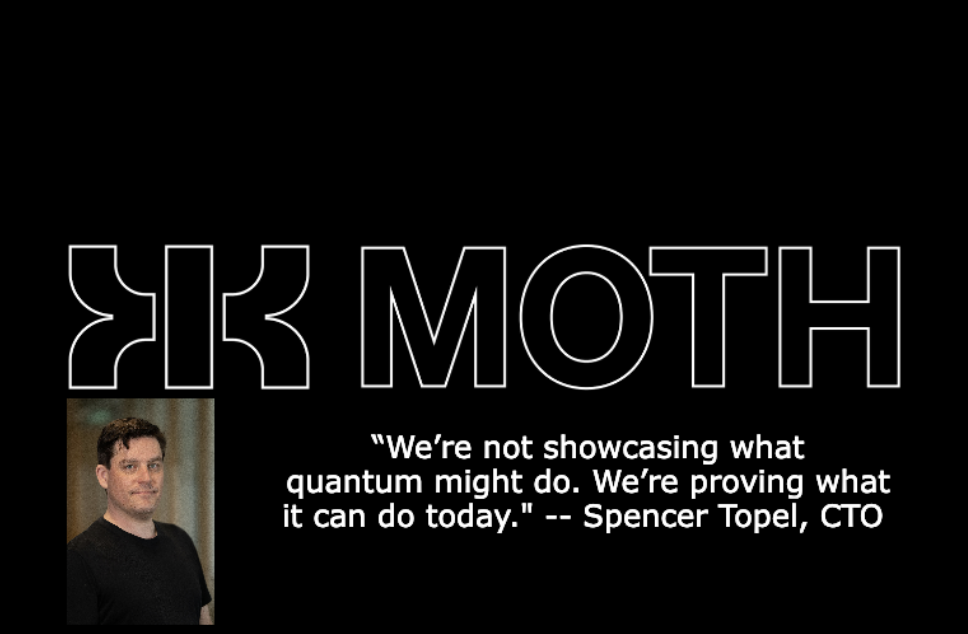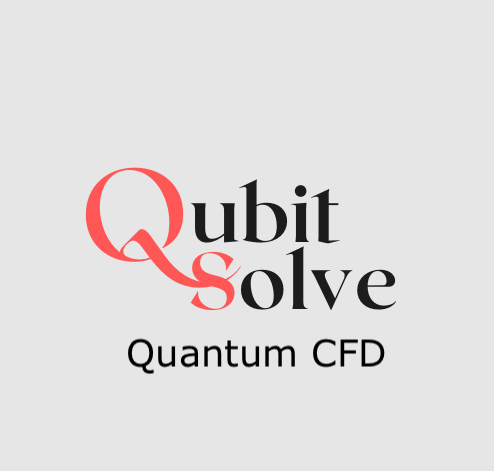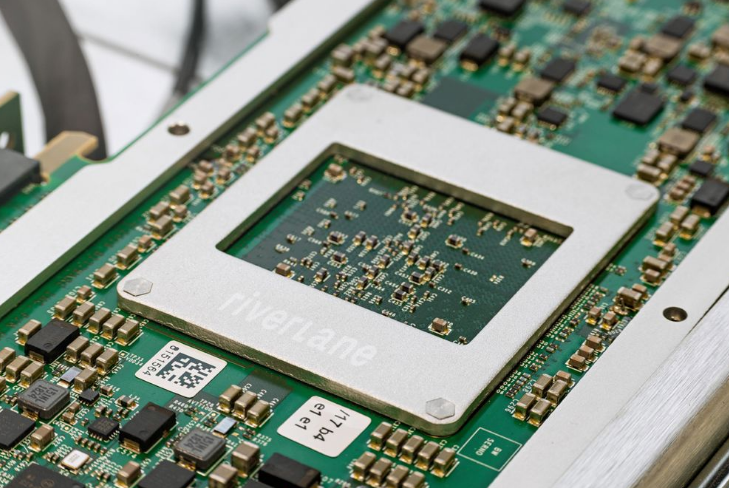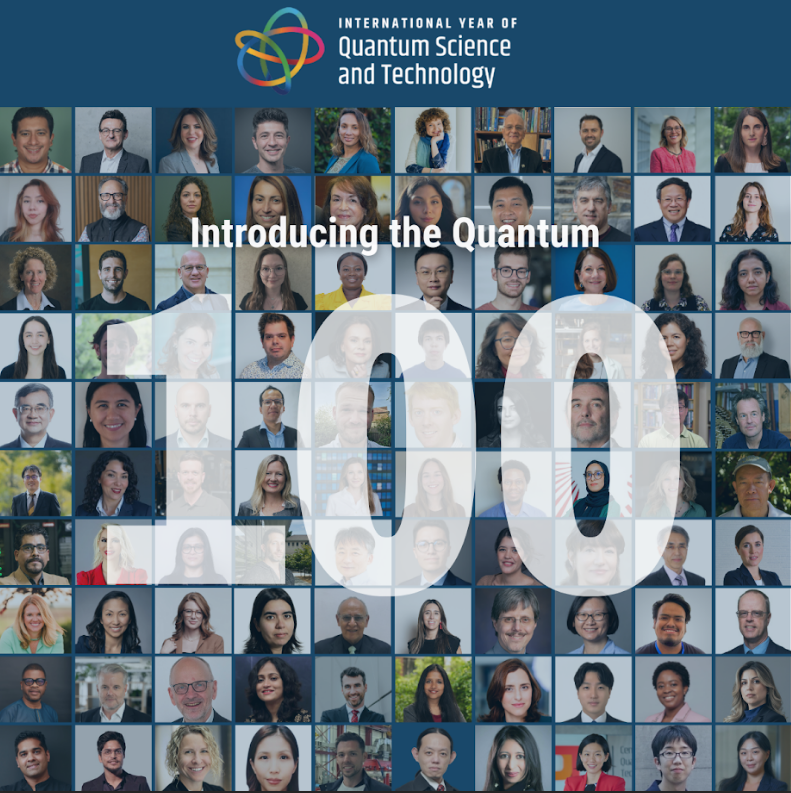Insider Brief
- Quantinuum has introduced a Quantum Error Correction (QEC) decoder toolkit that enables real-time error correction, a critical step toward fault-tolerant quantum computing.
- The toolkit leverages a hybrid computing approach, using both quantum and classical resources to decode error syndromes dynamically, avoiding the limitations of traditional lookup tables and making corrections as errors occur.
- With its flexible design and support for various error-correction codes, the toolkit allows researchers to test fault-tolerant methods directly on hardware, pushing quantum computing closer to practical, real-world applications across industries.
Quantinuum has launched a Quantum Error Correction (QEC) decoder toolkit, what the team is calling a critical addition to its quantum computing suite aimed at achieving fault-tolerant quantum computing.
The toolkit lets users decode syndromes — or identify and correct errors — and apply real-time corrections, essential steps to maintaining reliable quantum computations, the company announced in a blog post. According to the team, this toolkit marks Quantinuum as the first company to offer such capability, accelerating progress toward practical quantum technology.
Hybrid System
In the post, the team writes that fault tolerance in quantum computing refers to the ability of a quantum system to correct its own errors during calculations. Quantum bits, or qubits, are notoriously error-prone, often affected by interference from their environment. Even tiny errors can throw off complex calculations, making it challenging to maintain reliable computations.

The QEC toolkit from Quantinuum aims to address this problem by implementing real-time error correction, a key requirement for fault tolerance.
The toolkit uses a hybrid compute system that combines quantum and classical computing resources to handle errors as they occur. The classical environment processes information about errors and determines the necessary corrections. Meanwhile, the quantum system holds qubits in “stasis” or even proceeds with calculations in parallel, retrieving corrections when needed. This real-time approach prevents errors from accumulating and overwhelming the computation, making continuous corrections possible during the calculation.
“Our real-time co-compute capability combined with our industry-leading coherence times (up to 10,000x longer than competitors) is what allows us to be the first to release this capacity to our customers,” the team writes. “Our long coherence times also enable our users to benefit from more complex decoders that offer superior results.”
Lookup Tables
According to Quantinuum’s blog post, conventional error correction methods, which rely on static lookup tables, are limited in scalability. These lookup tables match each possible error with a specific correction, but the number of possible errors, or syndromes, increases exponentially with the complexity of the code. As a result, the tables become impractical to manage or store. Quantinuum’s algorithmic decoding approach eliminates the need for these tables, allowing the system to determine corrections dynamically, based on each unique error.
Quantinuum’s toolkit also boasts a flexibility advantage. It can operate with any QEC code, enabling users to design and test custom decoders and apply corrections in real-world quantum systems. This level of adaptability allows researchers to move beyond theoretical models and simulations, testing and refining error-correction methods directly on hardware. The team emphasizes that this toolkit represents a “new frontier” in hybrid quantum-classical computing, expanding from simple circuit operations to complex algorithmic interactions across classical and quantum resources.
The team credits the toolkit’s effectiveness to Quantinuum’s advanced hardware, which features “coherence times” up to 10,000 times longer than competing systems. Coherence time refers to how long a qubit can retain its state before it loses information—a critical factor in sustaining reliable quantum operations. With extended coherence times, Quantinuum’s users can apply more sophisticated error-correction methods, reducing error rates in more complex quantum algorithms.
The QEC toolkit includes several use cases designed to help users implement real-time error correction. These include:
- Repeat Until Success: This protocol adds quantum operations to a circuit conditionally, based on in-memory variables managed by WebAssembly (Wasm).
- Repetition Code: A simple error-correction code that encodes three physical qubits into one logical qubit, designed to correct basic errors.
- Surface Code: A more complex error-correction code that encodes nine physical qubits into one logical qubit, offering improved error resilience.
Quantinuum’s post highlights that these use cases provide practical tools to help users understand and work with real-world fault-tolerant computing, which has implications for industries seeking reliable quantum solutions. The toolkit is part of Quantinuum’s broader goal to deliver universal, fault-tolerant quantum computing by the decade’s end, a mission it aims to achieve by providing advanced capabilities to its customers.
In the long term, Quantinuum’s QEC toolkit represents a step toward making quantum computing more accessible and practical for a range of industries, including finance, healthcare and logistics, where accurate and uninterrupted calculations are essential. By developing tools that manage errors in real time, the company is contributing to a foundation for scalable and reliable quantum technology.
The team writes: “This is just the beginning of our promise to deliver universal, fault-tolerant quantum computing by the end of the decade. We are proud to be the only company offering advanced capabilities like this to our customers, and to be leading the way towards practical QEC.”
Read the full documentation here: https://docs.quantinuum.com/h-series/trainings/getting_started/pytket_quantinuum/qec_decoder_toolkit/Quantinuum_hseries_qec_decoder_toolkit.html


















